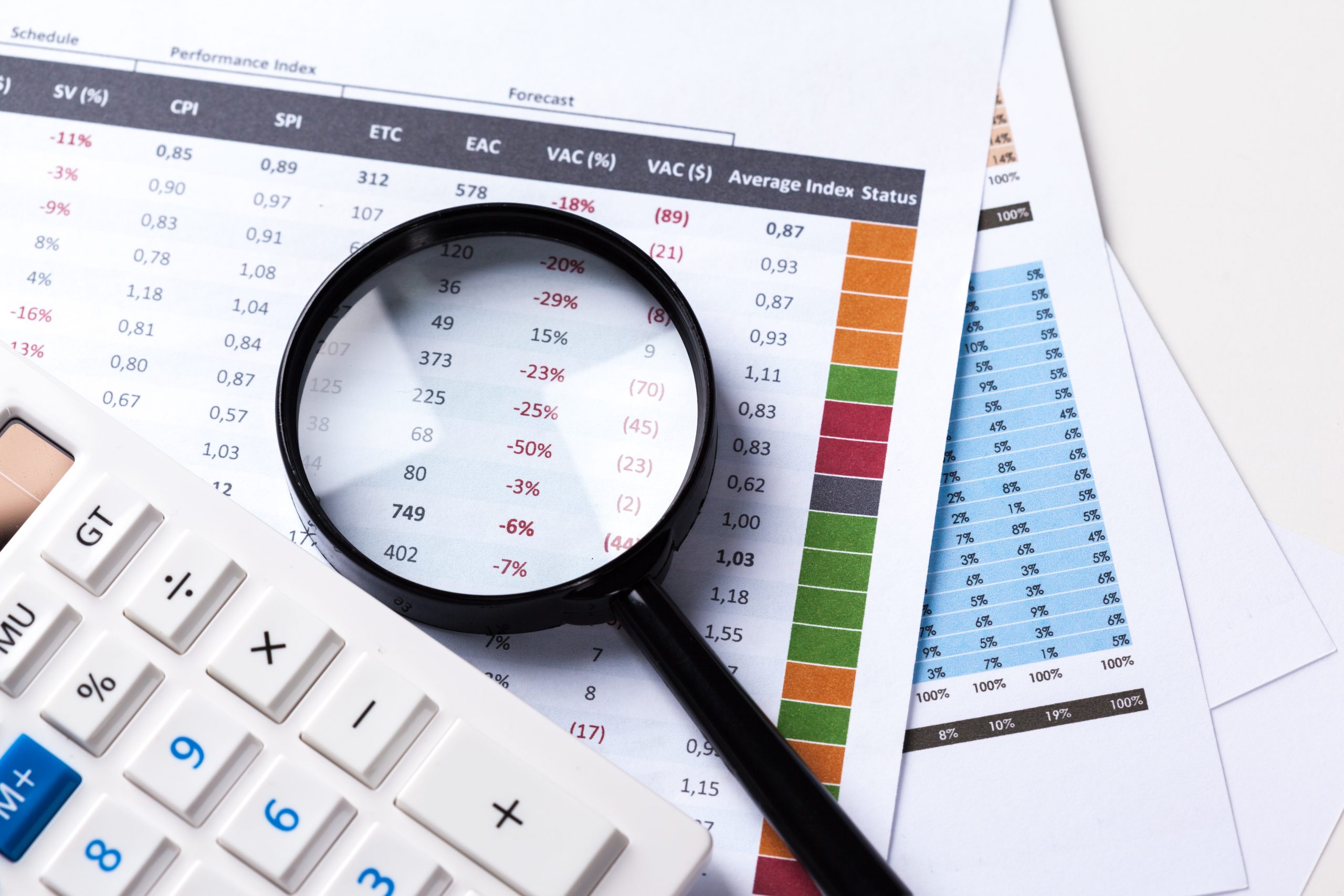In today’s rapidly evolving business landscape, US internal audit functions are increasingly adopting continuous monitoring techniques to provide more timely and proactive assurance over financial reporting, operational efficiency, and compliance. Moving beyond traditional periodic audits, continuous monitoring leverages technology and data analytics to identify risks and control weaknesses on an ongoing basis.
Key aspects of continuous monitoring in US internal audit include:
- Automated Data Analysis: Utilizing tools and techniques to analyze large volumes of data in near real-time, looking for anomalies, trends, and potential control exceptions.
- Key Risk Indicators (KRIs): Tracking and monitoring metrics that provide early warnings of potential risks.
- Dashboards and Reporting: Presenting continuous monitoring results through interactive dashboards and timely reports to management.
- Automated Workflows and Alerts: Setting up automated alerts to notify relevant stakeholders when potential issues are detected.
- Integration with Business Processes: Embedding monitoring activities directly within key business processes to provide real-time assurance.
The benefits of continuous monitoring for US organizations include earlier detection of issues, improved efficiency of audit resources, enhanced risk management capabilities, and more proactive insights for management decision-making.
How is your internal audit function in the US leveraging continuous monitoring techniques? What are some of the key challenges and successes you have experienced in implementing these approaches? Share your insights!

